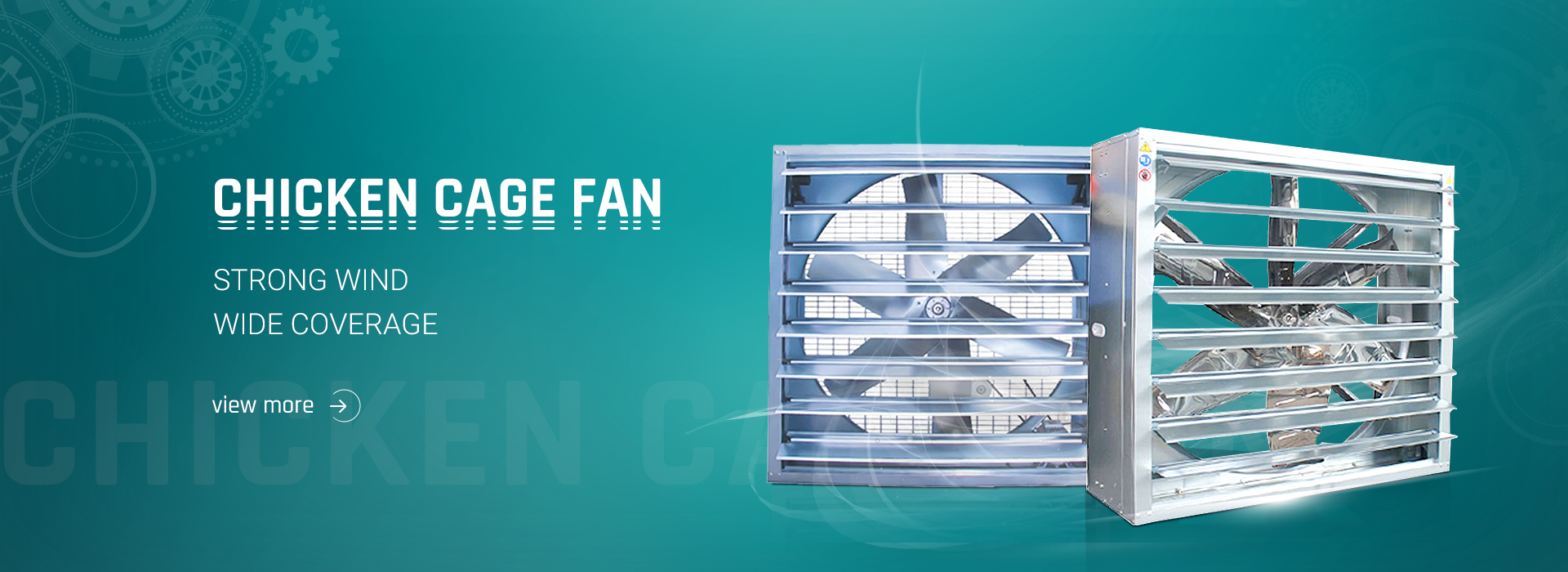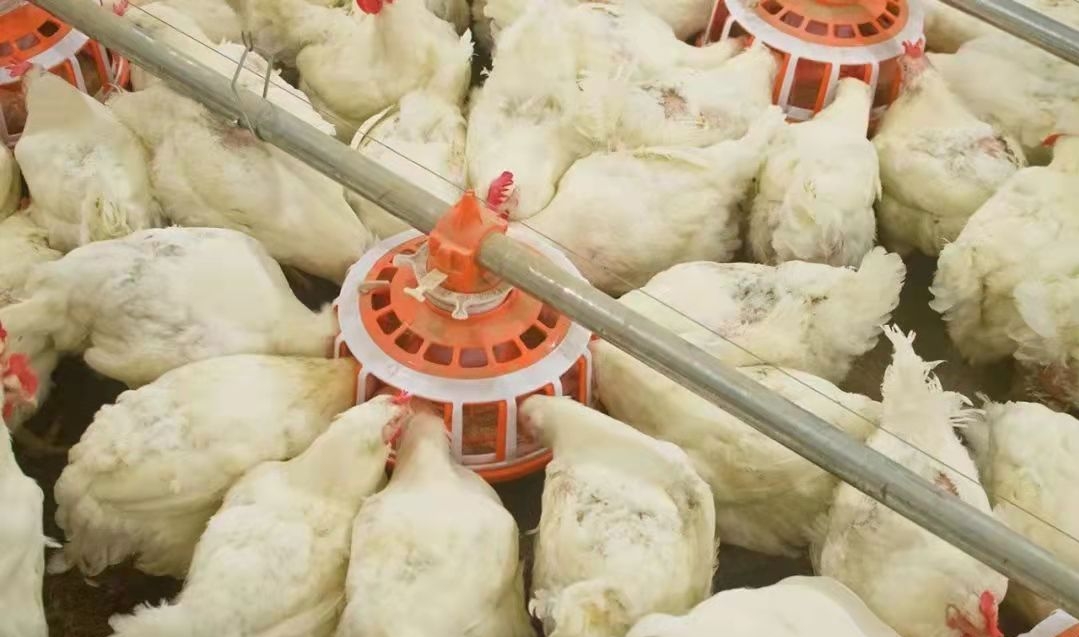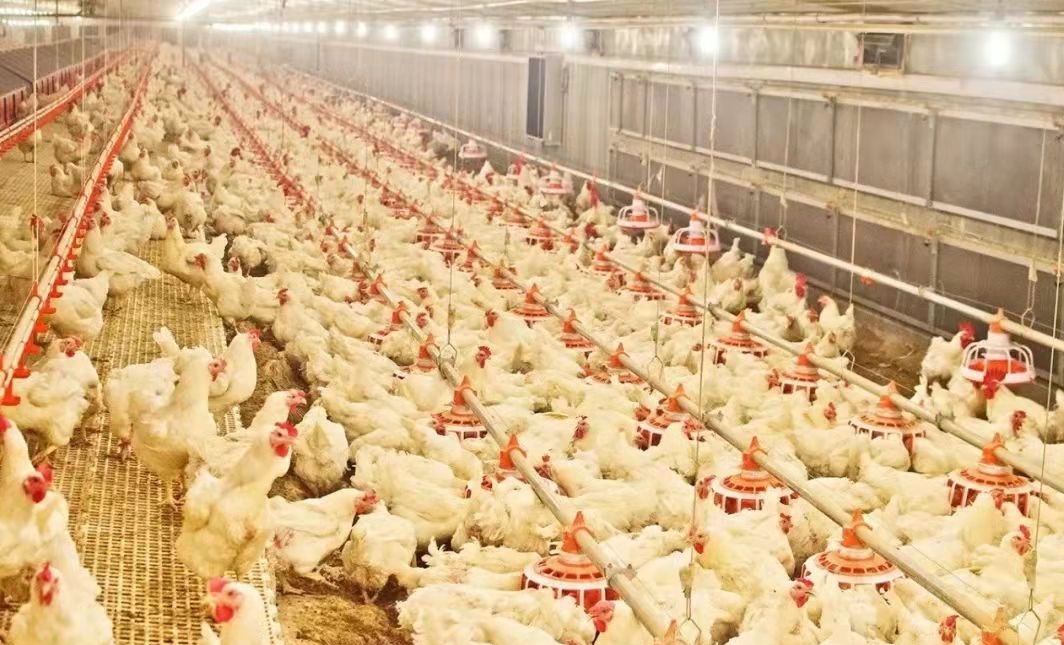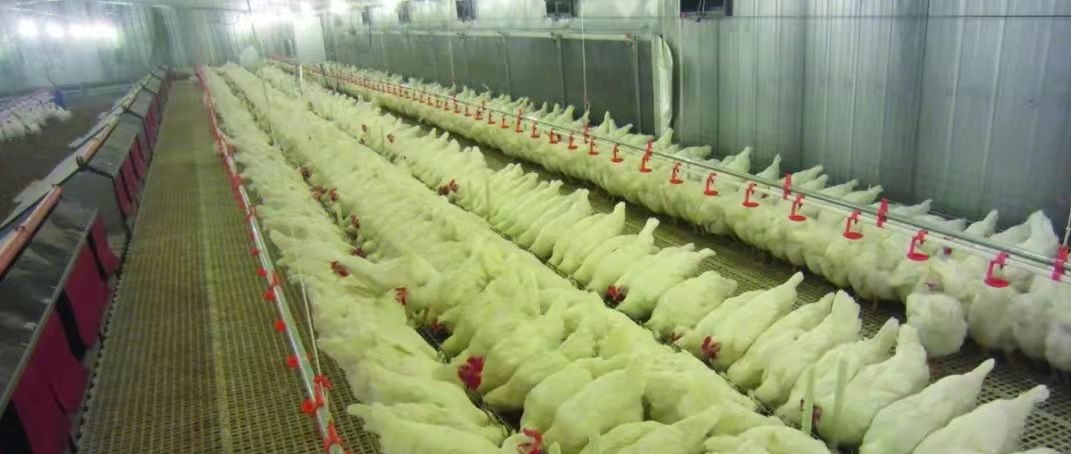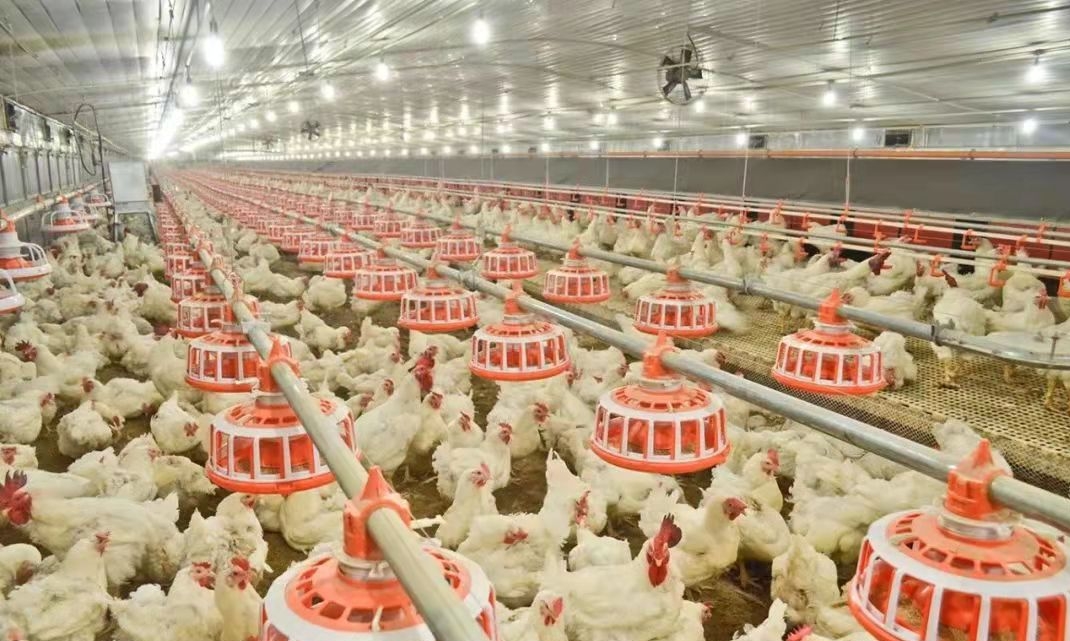Blackout Chicken Raising
At the age of 4 weeks, reduce the light time to 8 hours, but it can also be reduced to 8 weeks according to the situation. In addition, the intensity of the light is reduced to 5-10Lux, the method of calculating the light intensity:
1 1 watt light bulb / 4 square feet = 10Lux
If you use fluorescent lamps, calculate the light intensity: 1 watt fluorescent lamp = 4 times 1 watt bulb.
The timing of light for black-shaded chickens
At 140-147 days (or the 21st week of age), the light intensity should be increased to 40Lux, and the light time should be increased to 14 hours, but the weight uniformity of the chickens should also be considered, and the weight of 90% of the chickens should not be less than 2.1 -2.2 kg, and there should be a small amount of fat deposited in the pelvis, the pelvis should be 1.5-2.0 inches wide, and the chicken wings should be molted 7-8, and 2-3 are changing. If the weight uniformity of the chickens is not very good, the light can be increased by 147 days, and the hens must consume at least 22,000 kcal of accumulated energy, and the chicken breasts will become “U” shaped. During this period, 3% of the chickens should be observed, and at least 85% of the chickens should meet the above conditions before light stimulation can be arranged.
Hen Feed Management After Light Timing
To control the feed of the hens during this period, the weight of the hens must be controlled according to the standard. The hens should start laying eggs 15-18 days after the increase in light. If more feed is fed before laying eggs, the weight of the hens will be too high. This will lead to an increase in the proportion of double-yolked eggs, substandard egg production, and increased mortality.
Feed management for just-started chickens
The increase in feed during this period should be calculated according to the growth rate of the egg production rate. When the egg production rate reaches 5%, the following suggestions are implemented:
Egg production rate 5% – 25% increase 2g / only / increase egg production rate by 5%
25% – 45% increase 3g / only / increase egg production rate by 5%
45% – 65% increase 4g / only / increase egg production rate by 5%
When the egg production rate is 60-65%, the feed should increase to the highest peak, which is about 162 grams/bird/day, and the feed energy is 460 kcal. The above calculation requires the temperature in the house to be 21°C-24°C. If the temperature is 3°C higher, the feed should be adjusted to increase or decrease 15 kcal.
Feed management for hens after peak egg production
The egg production peak lasts for two weeks, after that, the feed is reduced by 1 gram per egg every week, and the number of eggs is decreased for 20 weeks;
management of roosters
When the chickens are first raised, the male and female chickens should be raised separately. When the chickens are 1 week old, the roosters should be fully fed. When the chickens are raised for 1 week, the weight of the roosters should reach 4 times the weight when they first entered the chickens, and the weight at the 4th week of age. Should reach 720 grams, use brood feed from the 1st to the 4th week, and then switch to the finish feed. When the chicken is raised to 7 weeks of age, the body weight should reach 1.25 kg. Arrange for a mix of males and hens at about 8 weeks
Management of roosters before mixing
During the brooding period, males and females are raised separately, and the roosters should be fully fed; after 6 weeks, the feed needs to be controlled. During this period, 1%-2% of unqualified roosters should be eliminated, and then mixed with hens at no more than 8 weeks. ;
If the male and female mixed breeding is to be carried out after light stimulation (140-147 days), then, from the 1st to the 6th week, the males should be fully fed, and the feed amount should be controlled from the 7th week, according to the peak time of the 6th week. The feed amount is halved, and the weight of the rooster is controlled. The weight target is based on the connection between the actual body weight at 6 weeks and the standard body weight at 22 weeks, and this line is used as the target body weight.
Rooster management after light stimulation
In the 8th week, when the male and female are mixed, the roosters and hens should be mixed; by 18 weeks, the male feed line should be installed, and the males should be trained to eat on the male feed line, and part of the feed should be put into the male feed line so that The rooster is familiar with the rooster feeding line. If the feed has been eaten, the feeding line is raised. When the hen starts feeding, it will be put down for the rooster to eat at the same time. It is the standard that the hens cannot eat;
When the male and female are mixed in the 21st week, the roosters should be transferred to the laying hen house 2-3 days in advance to become familiar with the feeding environment, and then the hens should be transferred; Above the air-leakage floor and separated by a nylon net, the rooster is on the ground. To do this, an additional water line should be installed on the ground to give the rooster drinking water. After the hens and roosters are familiar with the new material line of the new chicken house, take the nylon net Lose.
For the 25-26 week old rooster, the weight of the rooster at this time is about 3.5-3.6 kg, and the feeding amount of the rooster should be 120-125 g / head / day. At this time, if the weight of the rooster increases too fast, the chicken breast will be enlarged, which will affect the mating of male and female during the laying period.
Post time: Feb-11-2022



